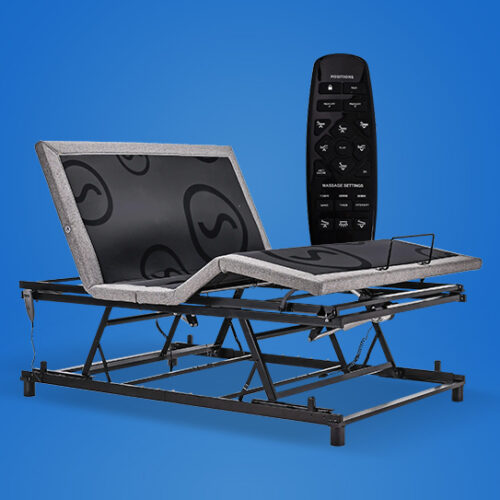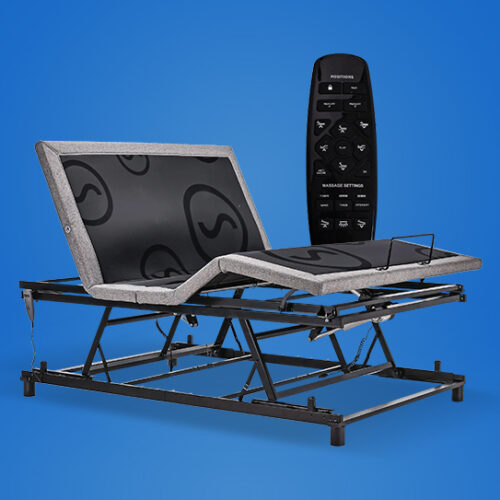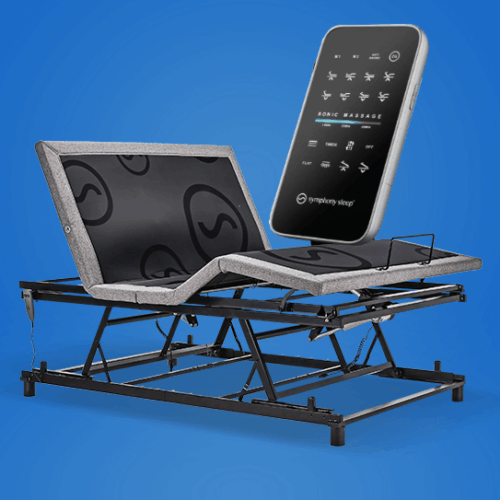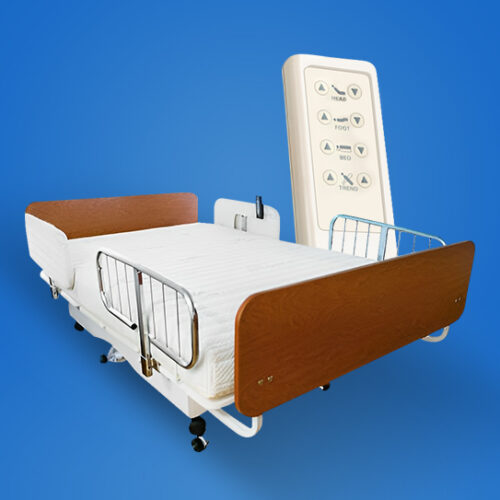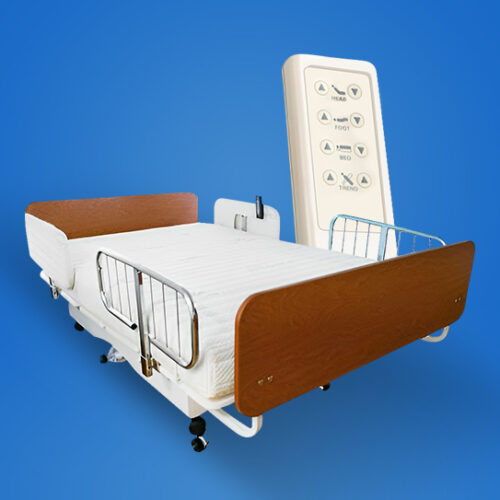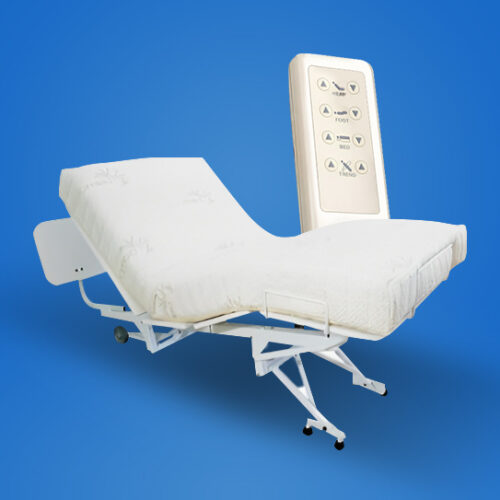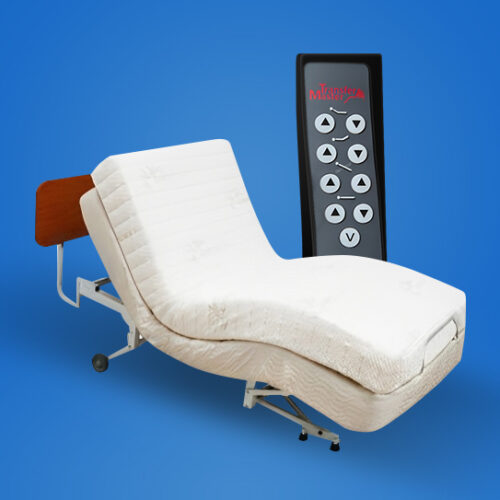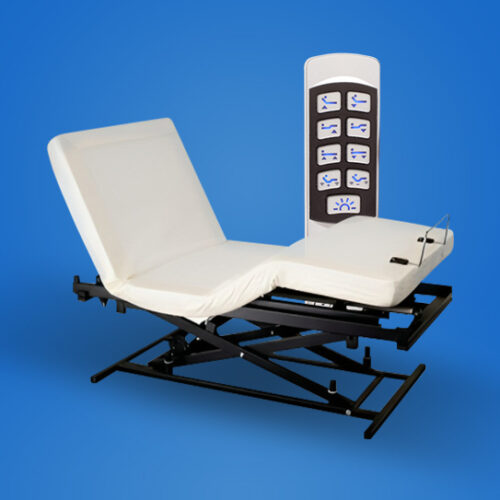Mattresses
SHOP STANDARD SIZES
SHOP STANDARD SIZES
SHOP BY TYPE
SHOP BY BRAND
RV Mattresses
Adjustable Beds
Shop By Brand
Shop By Size
Oversized Beds
Hospital Beds for Home
Filter
$1,448.00 – $3,596.00Price range: $1,448.00 through $3,596.00
Select options
This product has multiple variants. The options may be chosen on the product page
$1,598.00 – $3,896.00Price range: $1,598.00 through $3,896.00
Select options
This product has multiple variants. The options may be chosen on the product page
$2,048.00 – $4,796.00Price range: $2,048.00 through $4,796.00
Select options
This product has multiple variants. The options may be chosen on the product page
$2,490.00 – $5,098.00Price range: $2,490.00 through $5,098.00
Select options
This product has multiple variants. The options may be chosen on the product page
$5,376.00 – $6,789.00Price range: $5,376.00 through $6,789.00
Select options
This product has multiple variants. The options may be chosen on the product page
$5,011.00 – $6,424.00Price range: $5,011.00 through $6,424.00
Select options
This product has multiple variants. The options may be chosen on the product page
$4,463.00 – $5,328.00Price range: $4,463.00 through $5,328.00
Select options
This product has multiple variants. The options may be chosen on the product page
$5,152.00 – $6,069.00Price range: $5,152.00 through $6,069.00
Select options
This product has multiple variants. The options may be chosen on the product page
$3,441.00 – $6,882.00Price range: $3,441.00 through $6,882.00
Select options
This product has multiple variants. The options may be chosen on the product page
What the Difference between Semi and Fully Electric Bed?
The semi-electric bed will have levers to raise the bed up and down or just the head, whereas the fully electric bed can control all the features with a remote. A fully electric bed is more useful for assisting people or patients out of the bed.

Sizes & Features
There are many different sizes and features that hospital beds can have. Depending on the model, hospital beds may include the Trendelenburg feature, which angles the whole bed, and the hi-low feature, which lifts the bed vertically up and down. Along with these features, some of the common sizes are Twin, Full, Queen, and King. There is also a special size that measures 48 inches wide and 80 inches long.
© 2025 Rest Right Mattress. All Rights Reserved.


